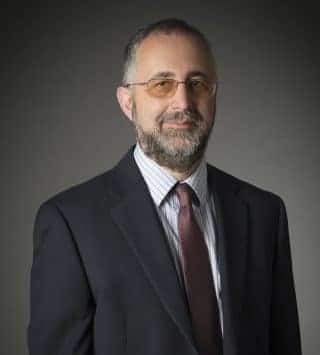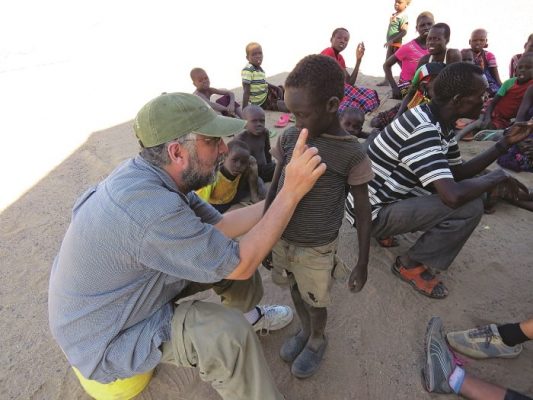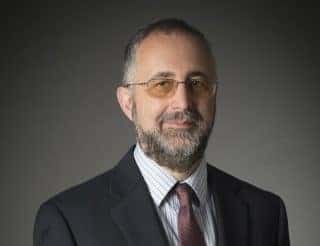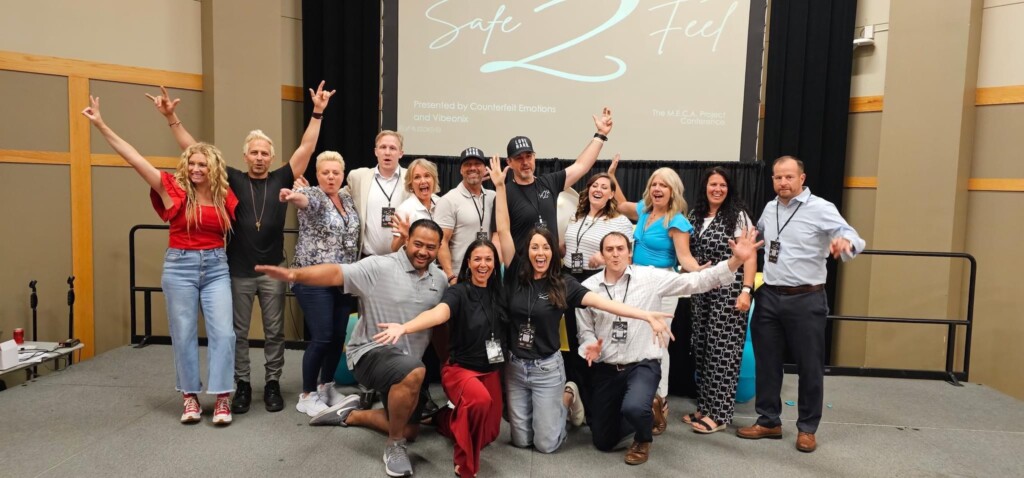
The Moran Eye Center: Seeing the Big Picture and creating sustainable change
The Moran Eye Center of Salt Lake City and Dr. Paul Bernstein MD, Ph.D. specialize in diseases of the retina and macular degeneration.
Unlike many medical specialists who only treat disease or focus only on research, or those that teach only, Bernstein works in all those fields. And at least once a year, he, along with students from the fellowship program he oversees, travels to train physicians and perform surgeries in developing countries.
“I’ve always wanted to do everything,” Bernstein said. “As a physician, I didn’t only want to do the basic research science, I wanted to be surgically trained and treat patients.”
That wide scope of interest drove him to earn a medical degree in a program jointly operated by Harvard Medical School and the Massachusetts Institute of Technology (M.I.T.) as well as a Ph.D. in pharmacology from Harvard medical school.
“I come from a medical family, but they are all psychologists. I was always interested in chemistry, so I had to rebel and became an ophthalmologist,” he said.
Dedicated to the causes and treatment of retina degeneration
Bernstein came to Utah in 1995 following his schooling and a fellowship at the Jules Stein Eye Institute at UCLA, where he furthered his earlier research into the causes and treatment of retinal disease.
“I was looking for an institution where I could do everything. Many institutions are concerned that MDs and PhDs will have a hard time doing both research and clinical work, but Dr. Randall Olsen, here at the Moran Eye Center, got my vision and really helped me succeed. I’ve been busy here from the start.”
In addition to finding a program where he could pursue research in his own laboratory, which is now funded by the National Eye Institute, Bernstein found a unique patient population in the Beehive state.
The copious amount of genealogical data and the large, close-knit families in and around Utah, are a treasure trove for researchers like Bernstein who investigate genetic causes for a wide range of diseases.
“I like to take time to talk with patients and get to know about them and how their condition is affecting their lives,” he said. “I like to explain some of the basic science of what we are doing and how it can improve their lives.”
Combining data from genetic and nutrition-related causes of eye disease recently led his team to a breakthrough in the treatment of an unusual condition known as macular telangiectasia type 2 (Mac Tel 2.), which causes a gradual loss of vision. The condition was often misdiagnosed; there was no treatment.
“You would have to just tell people there was nothing you could do for them,” he said. “Now we have a nutritional intervention and you can take large amounts of a supplement we’ve developed.”

Reaching out to the world
In 2007, Bernstein joined other physicians from the Moran on an outreach trip to Ghana, Africa.
While more common conditions like cataracts and glaucoma had long been identified and treated, vision loss related to retinal disease was less common and more difficult to treat. “There was an enormous need. I saw retinal detachment, issues related to diabetes, age-related degeneration, and there was no one in the country to treat it,” he said.
Bernstein began working with Moran Eye Center’s program to train doctors to treat eye disease in their home countries, rather than occasionally flying in professionals from other developed nations.
“We want to create sustainable change in these countries,” he said.
Working with the Himalayan Cataract Project, Bernstein brings physicians to the Moran for several weeks of training and observation. They then travel to Nepal where the program has established clinics and do procedures, overseen by Bernstein and fellowship students. The trained physicians then return to their home countries where Bernstein and others help them set up clinics.
In addition to work in Ghana, Bernstein and fellows at the Moran Center have helped establish programs and clinics in Bhutan, Nepal, and Ethiopia.
“It has been great to take me out of my comfort zone and go to places where the power may not work all the time, or the equipment is out of date or not working properly, and you have to make things work,” he said. “Making these programs sustainable is how you can really create change in these countries.”






